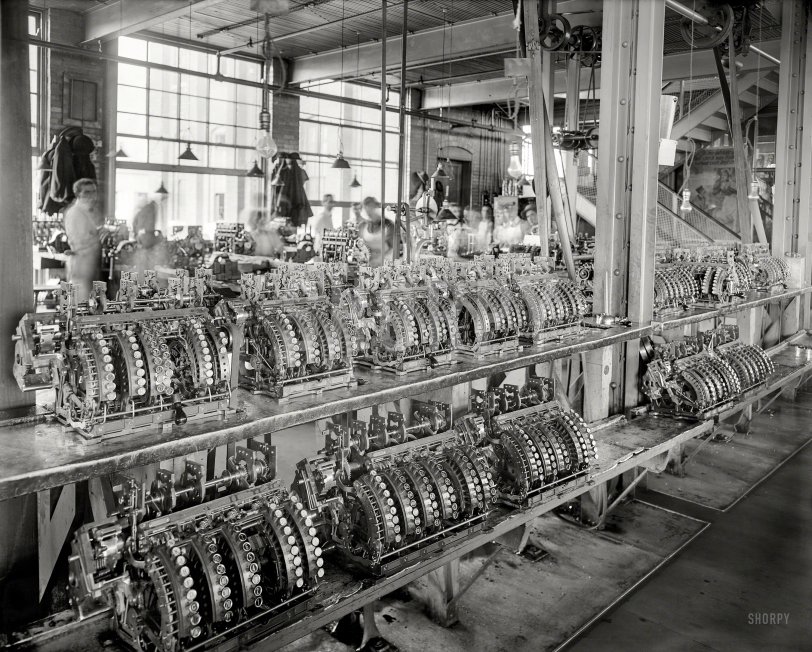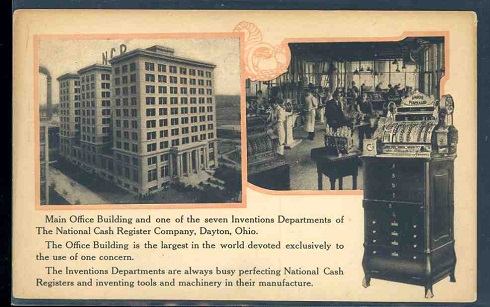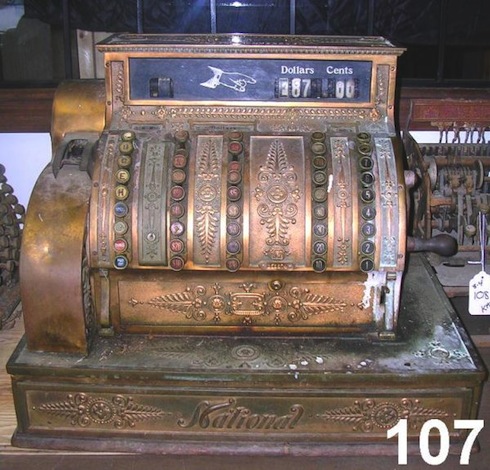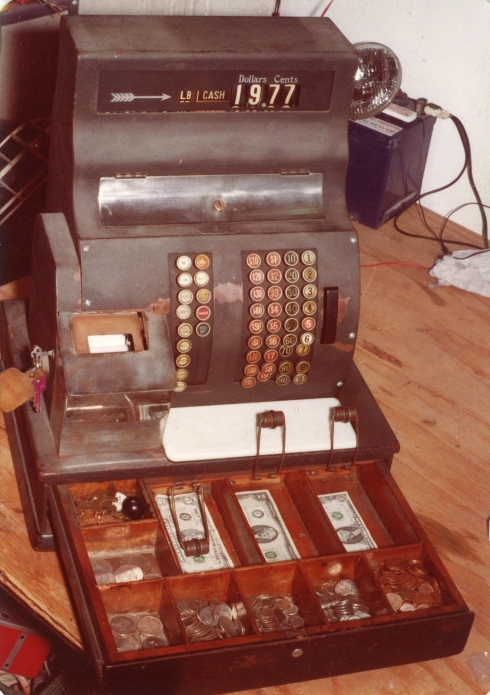


Framed or unframed, desk size to sofa size, printed by us in Arizona and Alabama since 2007. Explore now.
Shorpy is funded by you. Patreon contributors get an ad-free experience.
Learn more.

- Texas Flyer wanted
- Just a Year Too Soon
- WWII -- Replacing men with women at the railroad crossing.
- Yes, Icing
- You kids drive me nuts!
- NOT An Easy Job
- I wonder
- Just add window boxes
- Icing Platform?
- Indiana Harbor Belt abides
- Freezing haze
- Corrections (for those who care)
- C&NW at Nelson
- Fallen Flags
- A dangerous job made worse
- Water Stop
- Passenger trains have right of way over freights?
- Coal
- Never ceases to amaze me.
- Still chuggin' (in model form)
- Great shot
- Westerly Breeze
- For the men, a trapeze
- Tickled
- Sense of loneliness ...
- 2 cents
- Charm City
- What an Outrage
- Brighton Park
- Catenary Supports
Print Emporium
Tithing Dept.: 1902

1902. "Tithing department, National Cash Register Co., Dayton, Ohio." 8x10 inch dry plate glass negative, Detroit Publishing Company. View full size.
Letter Keys
The letter keys correspond to cash drawers. In this era, registers were available with multiple drawers stacked under the register to allow for use by several different clerks. Each clerk would have his or her own drawer assigned, thereby making them responsible for the money in their individual till instead of many hands in one drawer.

The Finished Product
This model matches up with the types of mechanisms shown here.

Custom work
As Rikki Doxx pointed out with the LSD keyboard, there are several different designs on the assembly line. Looks like one could order a machine with different letter codes, number of columns, etc. Hope they kept them straight for delivery!
Lots of brass
That is steampunk heaven right there. I remember registers like these still being used in some of our small town, locally owned department stores in the 1960s. They were very out of date, but cool to see function. Punch, punch, punch, pull lever, ca-CHING!
By the Tithe
I'm still trying to decide what the term means as used here. Possibly has something to do with "running-in" the moving parts—it appears that some of the machines are connected by a belt to a line shaft below.
My NCR machine, shown here, is a bit newer, supposedly circa 1927. I found out just how complicated the innards are when I had to dismantle it to repair a broken casting deep in its bowels. There are so many parts moving in concert when an amount is entered and the drawer activated that I'll bet it took many cycles to get the rough edges of the parts smoothed and make them all cooperate.
I think you'd look like Popeye if you worked there for a while, hoisting those mechanisms onto the benches all day—they are HEAVY!
Edit for sdpla: Those lettered buttons denoted sales categories or accounts. It was necessary to select one of them, plus an amount, to make the machine "register" the sale, and the account and the amount were sequentially printed on a paper tape for each transaction, in addition to showing on the display at the top. My machine was intended for service-station use, so the buttons are labeled for things that would be purchased there, plus the payment method. The worn-out orange button is for "No Sale." Hmmmm.


NCR
I ended up working for NCR when I was in college. I did my internship there, but no Tithes.
They actually paid me.
When I first came to Dayton 35 years ago, I had no idea of the history behind this small town America.
All I knew was that the one I loved was here.
Max dollar amounts
It's interesting that each machine had a max dollar amount that could be entered. Just entering the dollar amount would be so labor intensive over today's cash registers.
So much to learn of yesterday. Thank you Shorpy.
Letters
What is the purpose of the letter keys on the left?
Bound for Britain
There's one machine there that has English pounds or shillings on the keys.
























On Shorpy:
Today’s Top 5